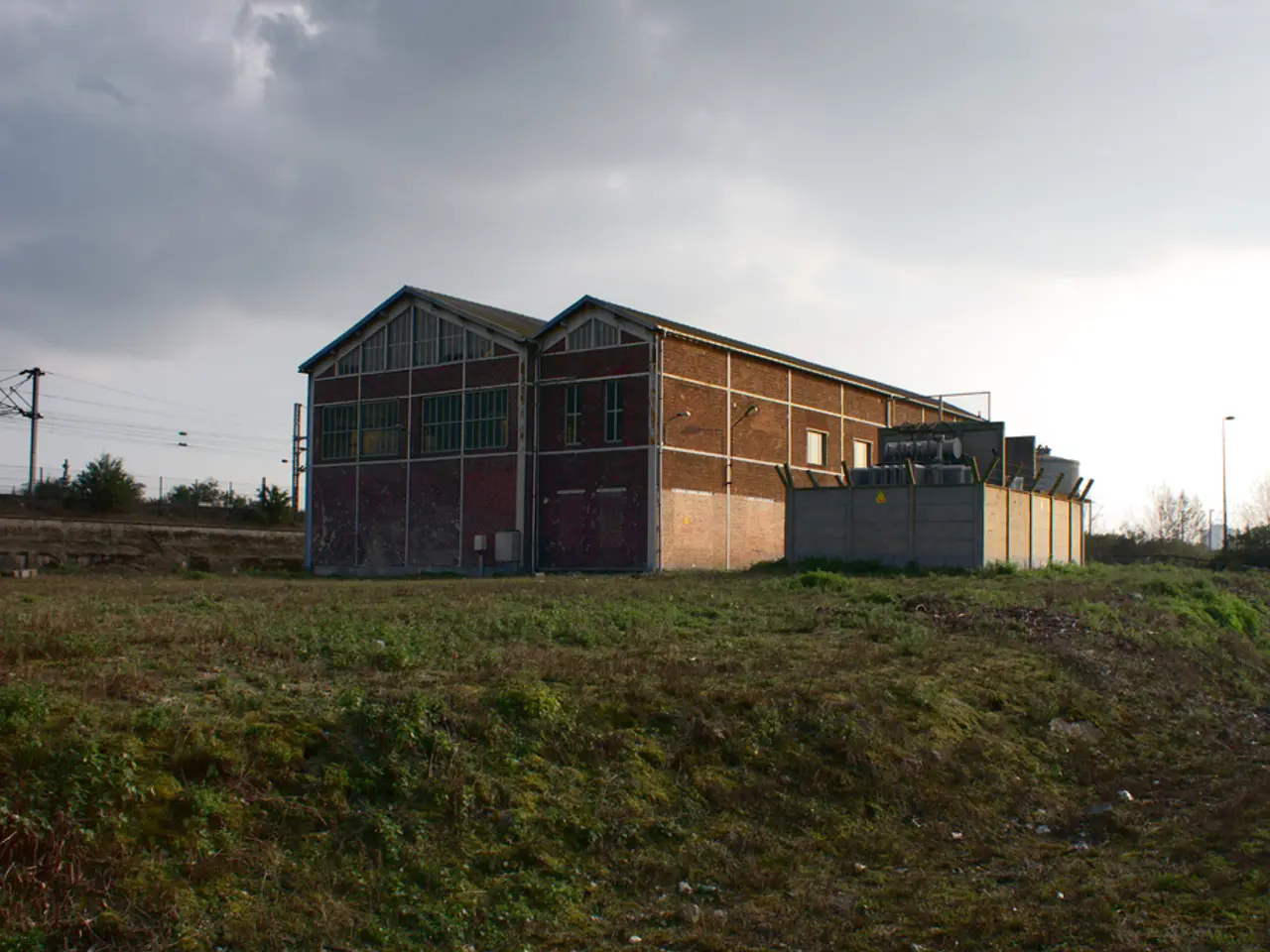Seeking ample energy supply? Investigate those who profit from deficiencies.
In the pursuit of a cleaner and more sustainable future, the United States faces several challenges in achieving energy abundance. One of the key players hindering this progress is the PJM Interconnection, which operates the electricity grid for 65 million people, and has been resistant to reforms, focusing instead on extending the life of existing power plants.
This resistance has benefits for incumbent utilities that own the fleet of aging coal-fired power plants. The outdated processes for approving new projects help prevent cheaper energy resources from threatening their business model. power plant owners, transmission owners, and other energy service suppliers make up 60% of the voting power in PJM decisions, further cementing the status quo.
However, analysis from three leading research projects has found that to get within striking distance of the Paris climate goals and plan for the lowest electricity costs, we must build 70 GW to 125 GW of clean energy per year. Arjun Krishnaswami, a senior fellow at the Federation of American Scientists, emphasizes the critical role of making clean energy abundant in addressing the climate crisis.
The key policy and regulatory bottlenecks include state and local governments imposing burdensome permitting and regulatory processes, outdated federal regulations particularly affecting nuclear energy, and political actors that favor obstruction over infrastructure building. The key policies obstructing energy abundance involve complex and slow permitting systems at multiple government levels, stringent nuclear safety regulations such as the As Low As Reasonably Achievable (ALARA) and Linear No-Threshold (LNT) standards, and rollback or strict enforcement of clean energy incentives that deter investment in renewable technologies such as solar and wind.
Specifically, state and local regulations account for about 80% of project delays, hindering infrastructure deployment critical for energy expansion. Nuclear energy's potential is hampered by outdated and inflexible regulatory frameworks that increase costs without proportional safety benefits, and a clogged licensing, permitting, and grid interconnection system that prevents innovation and timely project starts. Politically motivated rollbacks of clean energy tax credits and policies create uncertainty that deters private investment, threatens domestic clean energy industries, and risks ceding leadership to foreign competitors.
Reforms needed to address these barriers include streamlining permitting and licensing processes, modernizing nuclear regulations, enhancing grid infrastructure and interconnection policies, enacting and preserving clear, long-term clean energy policies and incentives, expanding domestic manufacturing and workforce development, and reforming the electricity market to stop overpaying existing power plants at the expense of customers.
PJM Interconnection closed its doors to new project applications in 2022 and has yet to re-open it. The solution to the first problem, opposition to specific projects and concerns about local environmental impacts, proposed by abundance proponents is to limit the power of opposition by streamlining federal permitting and constraining public input in state and local siting processes.
Electricity demand is outpacing supply in PJM's grid, causing rapid price increases. We need plentiful, cheap, clean energy to replace polluting fossil fuels in buildings, vehicles, and factories. Changing how utilities make money, for example, by paying for outcomes instead of investments, could flip the script and turn the utilities into energy abundance advocates.
Monopoly utilities in the southeast have gone to great lengths to block transmission lines that enable cheap clean energy to compete with their existing power plants. Reforming the electricity market to make it easier to connect new power plants to the grid, and updating governance structures to make sure that customers are properly represented are necessary to ensure energy abundance in the mid-Atlantic. The average project waits five years for PJM to give it permission to connect to the grid.
The abundance movement's playbook includes streamlining permitting, simplifying government processes, and making public investments more focused. Utilities are increasingly harnessing distributed energy resources, including virtual power plants. Abundance advocates envision a future in which we defeat the climate crisis, reduce cost of living, and improve quality of life by speeding up construction of housing and energy infrastructure. A new obsession with abundance is spreading through policy conversations and governors' mansions across the country.
[1] Krishnaswami, A. (2021). Overcoming regulatory barriers to clean energy. Federation of American Scientists. [2] NREL (2020). Grid modernization: Opportunities and challenges for the electric power sector. National Renewable Energy Laboratory. [3] IEA (2019). Energy technology perspectives 2019. International Energy Agency. [4] EIA (2018). The future of nuclear energy in the United States. U.S. Energy Information Administration.
- Arjun Krishnaswami, a senior fellow at the Federation of American Scientists, states the critical role of making clean energy abundant in addressing the climate crisis, as indicated by his research published in 2021.
- To meet the Paris climate goals and plan for the lowest electricity costs, according to three leading research projects, we must build 70 GW to 125 GW of clean energy per year.
- The proposed solutions to achieve energy abundance include streamlining permitting and licensing processes, modernizing nuclear regulations, enhancing grid infrastructure and interconnection policies, and reforming the electricity market to make it easier for new power plants to connect to the grid and ensure proper representation of customers.




